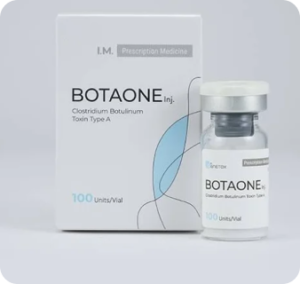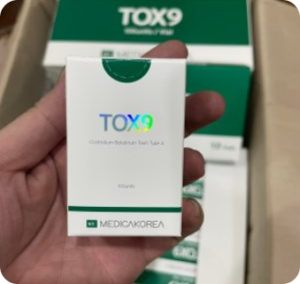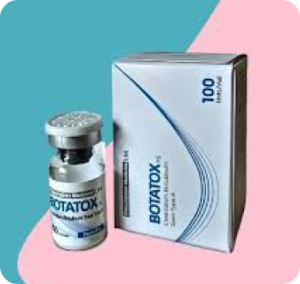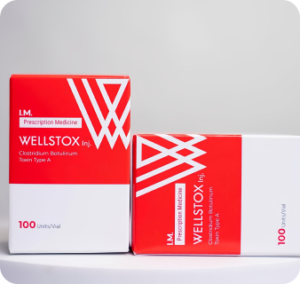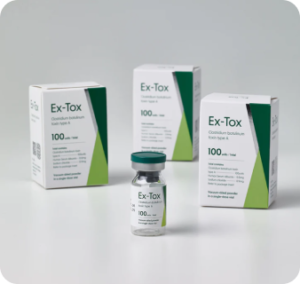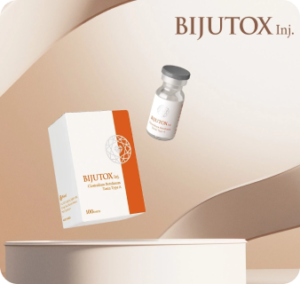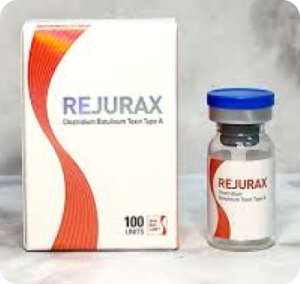Preventative Botox: Why Millennials Are Starting Early

For years, Botox was considered a treatment for individuals in their 40s, 50s, or older who already had noticeable wrinkles. But today, more and more millennials in their late 20s and 30s are choosing Botox as a preventative measure. Instead of waiting for deep lines to set in, they’re addressing the earliest signs of aging with subtle treatments.
This shift raises a lot of questions: Why start so young? What does “preventative” Botox really mean? And is it safe to begin before wrinkles are even visible? Let’s break it down.
What Exactly Is Preventative Botox?
Preventative Botox refers to using small doses of botulinum toxin to relax specific facial muscles that create expression lines temporarily. These are the fine lines you might see when you smile, squint, or frown. Over time, repeated muscle movements cause these temporary creases to etch permanently into the skin.
By starting early before the lines become deeply set, you can essentially “pause” that progression. The goal isn’t to erase wrinkles that aren’t there yet, but to slow the process and maintain smoother skin for longer. It’s a proactive approach to aging, not a reactive one.
Why Millennials Are Leading the Trend
Millennials have grown up in a different beauty and wellness culture compared to previous generations. Several factors explain why they are the first to embrace Botox so early:
- Visible Tech Culture: Constant exposure to front-facing cameras on smartphones, social media filters, and video calls has made people more aware of small details in their appearance.
- Prevention over Correction: This generation often invests in prevention, such as SPF, clean skincare, and regular fitness, rather than waiting for problems to arise. Botox fits right into that mindset.
- Desire for Subtle Results: Instead of waiting until deep wrinkles require more aggressive treatment, millennials prefer a “less is more” approach with light doses that look natural.
- Cost Considerations: Surprisingly, starting earlier can sometimes be more affordable. Preventative Botox uses fewer units, which may mean smaller bills compared to treating deep lines later on.
- Cultural Normalization: Botox isn’t seen as taboo anymore. It’s discussed openly online and among friends, which helps reduce stigma and increase comfort with starting earlier.
Common Treatment Areas for Preventative Botox
When it comes to preventative Botox, you don’t need to treat every muscle in your face. Most people in their late 20s or 30s just focus on the areas where lines first start to show up:
- Forehead lines: Horizontal creases that appear when you raise your eyebrows.
- Glabellar “11s”: The vertical frown lines that form between your brows.
- Crow’s feet: The tiny lines that spread from the corners of your eyes when you smile or squint.
- Bunny lines: Little wrinkles that scrunch up on the sides of your nose (not as common, but still requested).
Some also opt for micro-Botox, which involves tiny doses in areas like the chin or around the lips for an extra touch of smoothness. Ultimately, your treatment is tailored to your individual face and goals.
Clearing Up the Biggest Botox Misconceptions
If you’ve done a little Googling about Botox, you’ve probably seen a mix of opinions, and not all of them are true. Let’s go over some of the most common myths and set the record straight:
- Myth: Botox makes your face look frozen.
Reality: With the right amount in the right places, you’ll still look like yourself and show expression. The goal is to relax the strongest muscle pulls, not to erase movement. - Myth: Once you start Botox, you can’t stop.
Reality: You’re not locked in. If you decide to take a break, your muscles will simply return to their normal activity, and lines may gradually reappear over time. There’s no “worse rebound” effect. - Myth: Good skincare means you don’t need Botox.
Reality: Skincare and Botox do different things. Products like retinods and vitamin C can improve skin texture and tone, but they can’t stop the muscle movements that cause wrinkles. The two actually work better together.
Healthy Habits That Make Botox Work Even Better
Botox can definitely help slow down the appearance of lines, but it’s not a magic fix all on its own. Pairing it with the right daily habits keeps your skin looking its best for years to come:
- Wear SPF daily sun damage is the biggest aging accelerator.
- Use retinoids to support collagen.
- Stay hydrated and avoid smoking, which deepens wrinkles.
- Take screen breaks to reduce squinting or furrowing.
Is Preventative Botox a Fit for You?
Not everyone needs to jump into Botox right away, and that’s perfectly okay. But if you’re starting to notice small changes, here are a few signs it could be worth considering:
- You’ve spotted faint lines that don’t fade even when your face is relaxed.
- You catch yourself frowning, squinting, or raising your brows often and want to keep those areas looking smooth.
- You prefer subtle, natural results rather than dramatic changes.
On the other hand, if you’re pregnant, breastfeeding, or have certain medical conditions, it’s best to hold off. The easiest way to know for sure is to chat with a qualified provider who can assess your unique needs and help you make an informed decision.
Final Thoughts
Preventative Botox is becoming the millennial way of keeping skin looking fresh without waiting for deep lines to appear. It’s not about changing your features, it’s about slowing down what time and repetitive expressions naturally do.
Starting early means smaller doses, more natural results, and possibly fewer treatments in the long run. If smooth, youthful skin is part of your long-term plan, it may be worth exploring.
Your First Step Towards Prevention
Thinking about exploring preventative Botox?. At Eidin Beauty Essence, we provide trusted, premium toxin products designed for subtle, natural-looking results.
Click here to explore our collection of premium neurotoxins and see which product might be right for your preventative journey.

